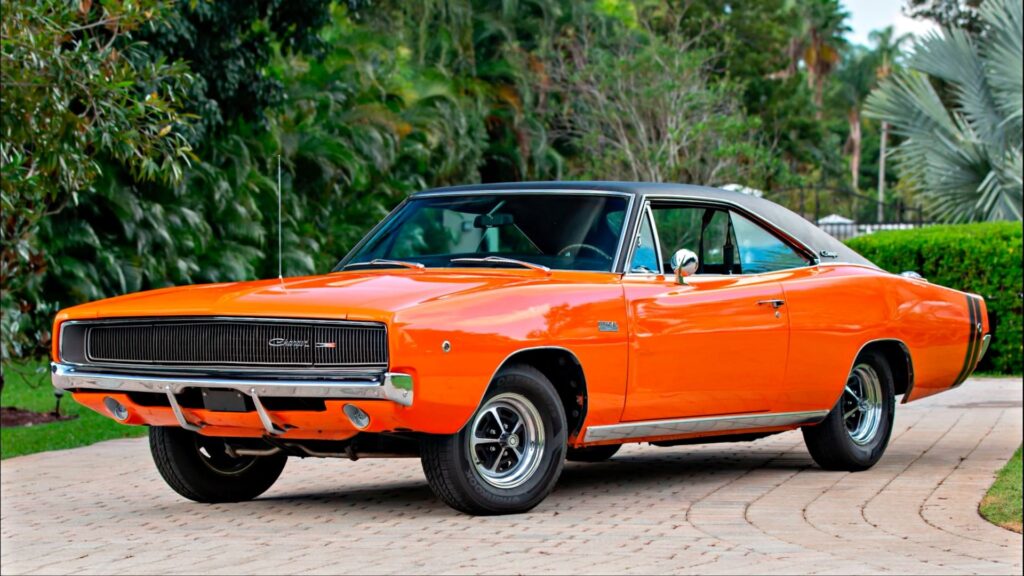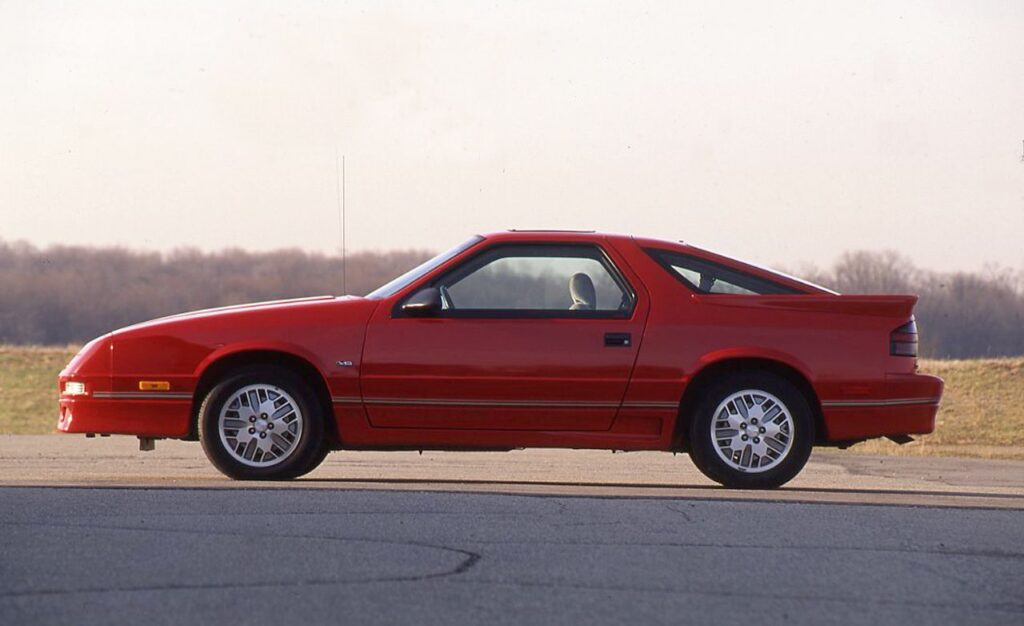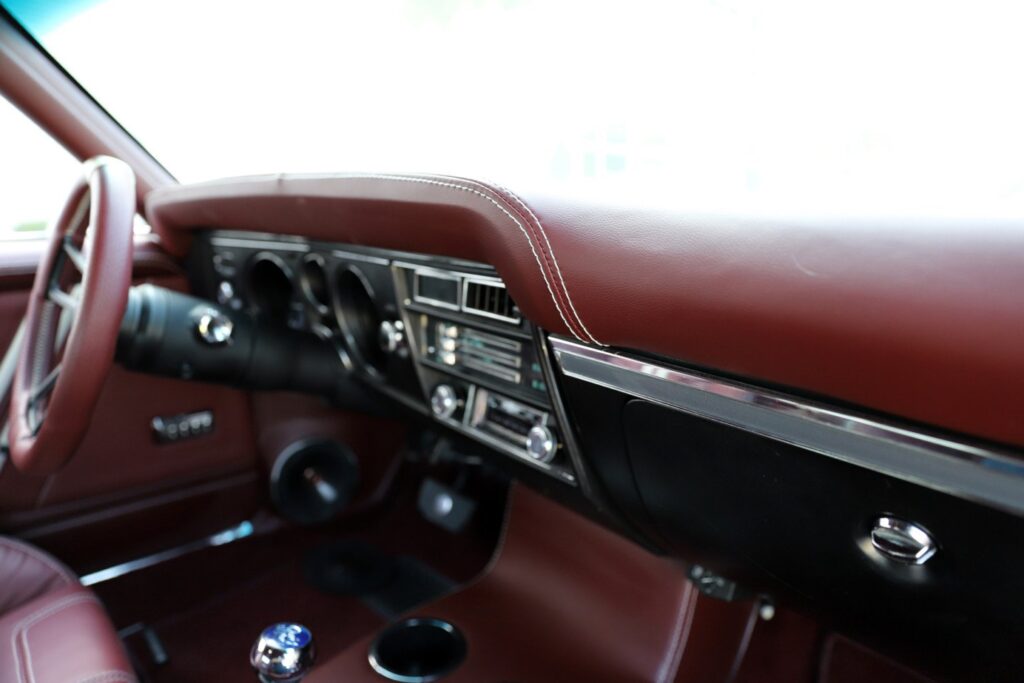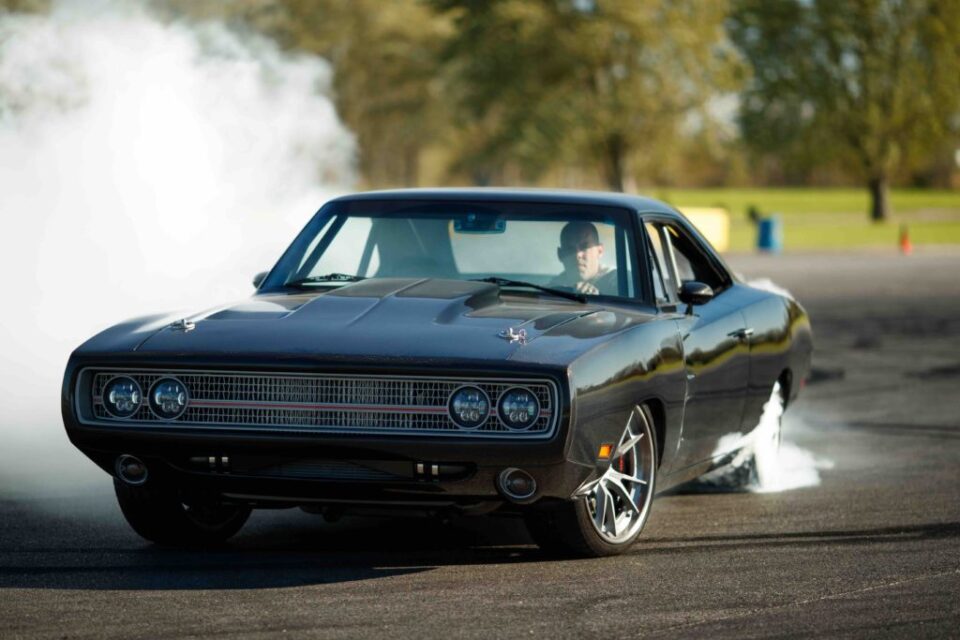Among the roster of muscle car manufacturers, Dodge stands out for its remarkable contributions to the genre. The brand’s commitment to pushing boundaries and defying norms culminated in the creation of some of the most iconic muscle cars in history.
From the revered Charger to the legendary Challenger, Dodge infused its vehicles with a unique blend of power, aesthetics, and charisma that resonated deeply with enthusiasts.
Dodge muscle cars embodied the very essence of brute force and performance, capturing the hearts of drivers seeking an adrenaline-fueled experience on the open road. As a trailblazer of muscle cars, Dodge’s legacy is one of innovation, rebellion, and unrelenting pursuit of excellence.
The Birth of Dodge Muscle Cars

Dodge’s foray into the muscle car arena gained momentum with the introduction of the 1964 Dodge HEMI Coronet. This car laid the foundation for Dodge’s reputation as a manufacturer of powerful and exhilarating machines.
Equipped with the innovative 426 HEMI V8 engine, the Coronet stunned enthusiasts with its remarkable horsepower and torque figures, setting a new standard for performance on the road and the drag strip alike.
The HEMI engine, known for its hemispherical combustion chambers, allowed for optimal air and fuel flow, resulting in unparalleled power delivery. The success of the HEMI Coronet paved the way for Dodge’s continued exploration of high-performance vehicles. Throughout the years, this has culminated in the modern Charger and Challenger, which can be found at a Dodge Orlando dealership.
The Golden Era: 1960s and 1970s

The 1960s and 1970s are often hailed as the golden era of Dodge muscle cars, characterized by a thrilling convergence of design innovation, engineering prowess, and a growing cultural fascination with speed and power.
At the forefront of this era was the iconic Dodge Charger, which made its debut in 1966. With its sleek fastback design and a range of potent engine options, including the revered 426 HEMI and the 440 Magnum V8, the Charger quickly gained a reputation for its high-speed capabilities. Its starring role in popular culture, particularly in movies and television shows, further propelled its status as a symbol of American performance.
Meanwhile, the Dodge Challenger’s arrival in 1970 further enriched Dodge’s muscle car portfolio. Flaunting a variety of performance-oriented trims and a formidable range of engine choices, including the powerhouse 426 HEMI, the Challenger embodied the era’s obsession with power, speed, and adrenaline-inducing drives.
The 1960s and 1970s were also marked by intense competition among manufacturers to produce the most compelling muscle cars. Dodge responded with engineering innovations like the “Air Grabber” hood, which improved engine performance by channeling cold air directly to the carburetor.
Moreover, the period witnessed muscle cars becoming integral to motorsports, particularly in drag racing and stock car racing. Dodge’s participation in racing events, including NASCAR, not only validated the performance capabilities of its muscle cars but also cemented their status as formidable contenders on the track. As the era drew to a close, the 1973 oil crisis and tightening emissions regulations posed challenges, leading to a shift in focus towards efficiency.
Navigating the Challenges: 1980s and 1990s

The 1980s and 1990s marked a period of transition and adaptation for Dodge muscle cars as they grappled with a shifting automotive scene driven by economic challenges and stringent emissions regulations. In response to the oil crises and increased environmental concerns, manufacturers were compelled to rethink their approach to vehicle design and performance.
This era saw Dodge, like other muscle car producers, shifting away from the large-displacement, high-horsepower models of the past and embracing more compact, fuel-efficient platforms.
The ramifications of these changes were evident in the shelving of some iconic muscle car models. The Dodge Challenger and Charger, symbols of the brand’s prowess in the previous decades, were discontinued during this time, reflecting the industry’s evolving priorities. However, Dodge didn’t entirely relinquish its performance heritage.
Amidst the economic and regulatory challenges, the brand continued to introduce performance-oriented models, albeit with a different approach. These vehicles often incorporated advanced technology, such as electronic fuel injection (EFI), turbocharging, and improved aerodynamics, allowing for enhanced efficiency without compromising on driving experience.
Resurgence and Modernization

The late 1990s and early 2000s witnessed a remarkable resurgence of Dodge muscle cars, marked by a conscious effort to blend the nostalgia of classic models with modern engineering and design elements. This resurgence was underscored by the revival of two legendary nameplates: the Dodge Charger and the Dodge Challenger.
The modern Charger, reintroduced in 2006, paid homage to its iconic predecessors while embracing contemporary aesthetics and advanced technology. Its muscular stance and a range of potent engine options, including the formidable HEMI V8, firmly reestablished its position in the muscle car segment. The 2008 revival of the Dodge Challenger further fueled this resurgence, captivating enthusiasts with its retro-inspired design and powerful performance capabilities.
Dodge’s approach to modernizing its muscle cars extended beyond aesthetics, encompassing advancements in technology and engineering. The introduction of the Street and Racing Technology (SRT) division heralded a new era of high-performance vehicles.
Models like the Dodge Charger SRT Hellcat and the Challenger SRT Demon showcased the brand’s commitment to pushing the boundaries of power and speed. These vehicles were equipped with supercharged engines producing unprecedented horsepower figures, elevating them to a league of their own in terms of raw performance.
Furthermore, Dodge’s embrace of innovative features like the UConnect infotainment system, driver assistance technologies, and advanced suspension systems underscored the brand’s endeavor to cater to both traditional muscle car enthusiasts and modern consumers seeking a refined driving experience.
In Conclusion

The evolution of Dodge muscle cars mirrors the dynamic trajectory of the American automotive industry itself. From their early days as roaring symbols of power to their adaptation to changing market demands and technological advancements, Dodge’s muscle cars have remained at the forefront of innovation and passion.

